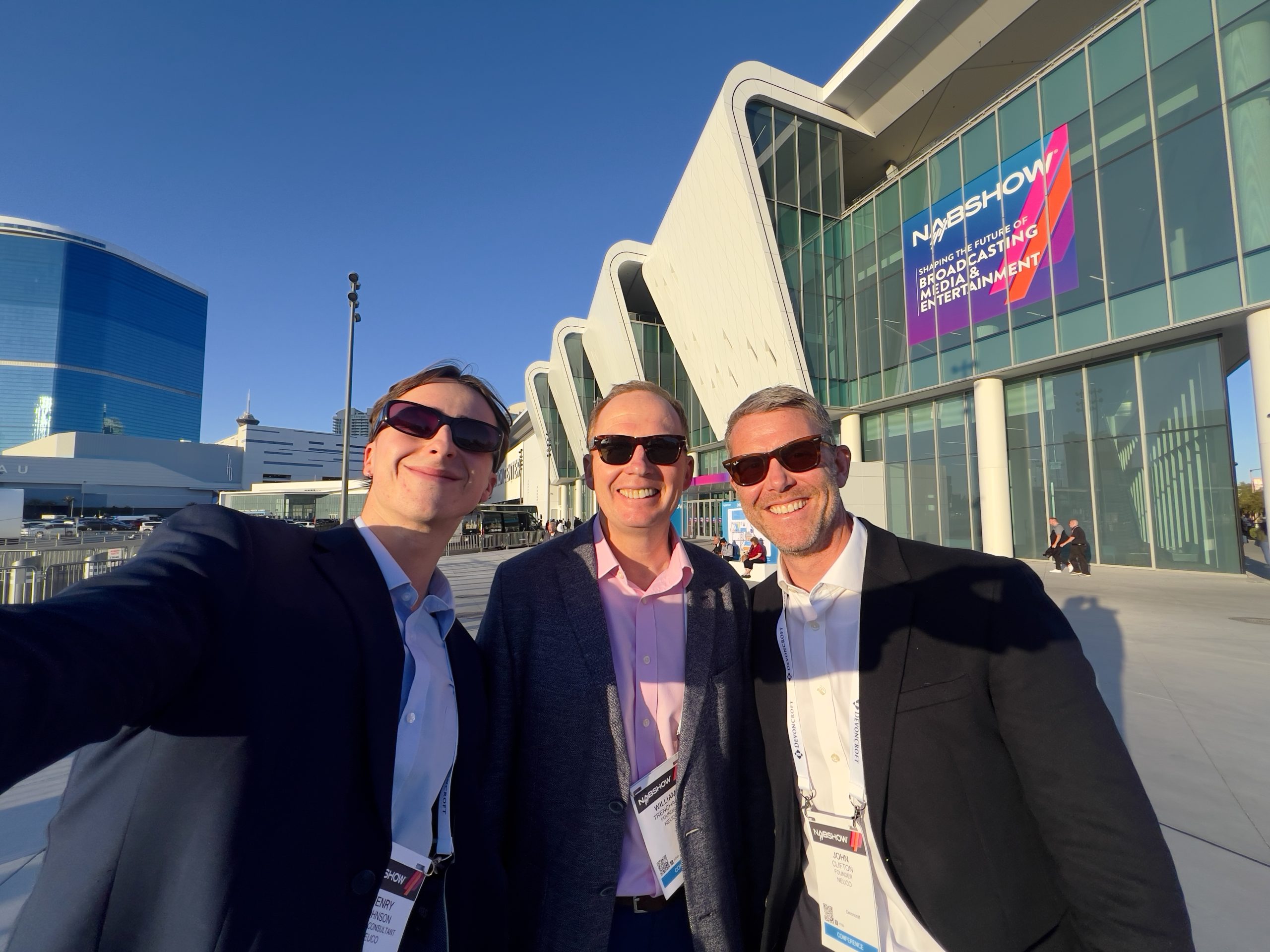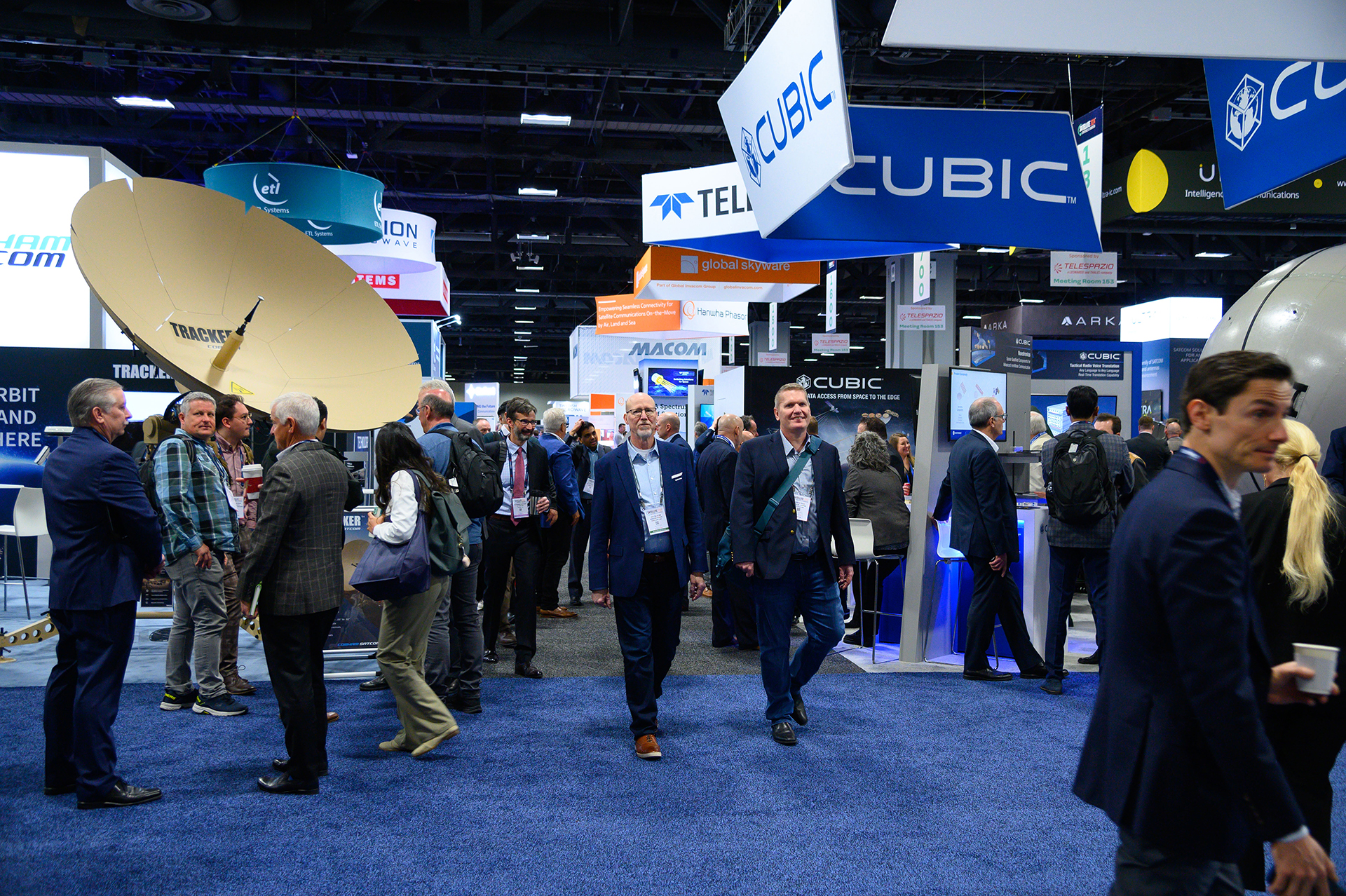As cloud computing has grown across the connectivity industry, so has its counterpart, edge computing. On Episode 20 of The Connectivity Matters Podcast, we were joined by Ariel Efrati, the CEO of Telco Systems Edgility, to discuss the applications of this cutting-edge technology. Read on to find out more.
“You’ve probably experienced being in a hotel when everybody wants time to go to breakfast in the morning. So what is the most scarce resource in a hotel? It’s the elevator. If you’re staying on a high floor, you don’t get an elevator. It’s not smart enough – but why is that? It’s very simple to count how many people you have on each floor and send them the right size elevator using basic logic. As long as you have a camera and a computer, it should be possible. That’s edge computing.
When you talk about manufacturing cars, it’s done with robots. They are welding things while the entire line moves on a belt. When the belt is misaligned, you need to recalibrate everything because otherwise the robots will weld in the wrong places. But if you could communicate between those robots because they all have cameras and a gyroscope to identify their position in space, you wouldn’t need to shut the line down. Each robot could adjust as necessary. That’s another real-life example of how edge computing can be used.

These are real examples that we are faced with. I think traffic management is a great thing. In each traffic light, you could integrate several traffic lights, a radar, and a camera to help the flow of people. This is edge computing by nature. Traffic light signalling hasn’t changed in 40 years – we’re still using a person to set the timers based on traffic as it was on the day they were there. That’s not where we should be. We have cameras that can count the cars you can integrate that data with traffic law to moderate the traffic. Again, that’s edge computing.
It’s endless when you think about it, and all it requires is an operating system, device and whatever function you want. It could be an AI function, it could be a visual inspection, counting, cropping, controlling – whatever you want. It could also exist in retail today. If you put enough cameras in a large retail store, you could take something from the shelf and be automatically charged for it. There’s no cashier, the system just automatically recognises what you do and charges it to your account.
It could also apply to digital signage. These systems could identify you and show you more relevant ads as you walk into a store. That’s personalization. All of these examples are edge computing with integrated cameras and devices working on a local network to process huge amounts of data without having to transmit it to a data centre, which also creates more latency. With applications like traffic management, it has to be precise because otherwise it will cause traffic accidents. This is what edge computing is, and we’re going to see a reversal in how our data is processed, going towards edge computing.”
To find out more about the real-world applications of edge computing, tune into Episode 20 of The Connectivity Matters Podcast here.
We sit down regularly with some of the biggest names in our industry, we dedicate our podcast to the stories of leaders in the technologies industries that bring us closer together. Follow the link here to see some of our latest episodes and don’t forget to subscribe.


